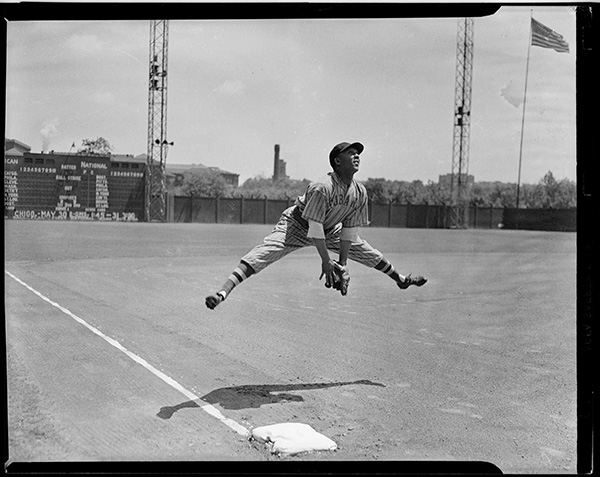No nation has used baseball more than the Dominican Republic to tell its story to the world. It’s a story full of grace and determination in which baseball has come to reflect the sacrifice and commitment, the strength and spirit that many identify with the Dominican Republic itself. Their story is about losing but persevering, about people who work hard and play harder, overcame dictatorship at home, occupation by a foreign power not once but three times, stared down racism in the major leagues, and beat the Yanquis at their own game.
In recent years, baseball has become a multi-billion Caribbean industry, especially in the Dominican Republic, which represents the greatest concentration of talent in the history of the game. But baseball’s backstory there began in the 1890s when Cubans brought the game to Hispaniola, the island that the Dominican Republic shares with Haiti. It coincided with the U.S. occupation during and after World War I, the rise of the sugar and banana industries, the arrival an array of immigrants from other islands who became known as the “Cocolos,” the 31-year-long dictatorship of Rafael Truillo, and the end of the color line in major league baseball in 1947. That’s the story I tried to tell in this book.
While writing Sandlot Seasons, I realized that baseball in black Pittsburgh was part of an Atlantic baseball world that stretched into the Caribbean basin. Moreover, there were strong connections between Pittsburgh and the Dominican Republic. In 1937, the Pittsburgh Crawfords lost Josh Gibson, Satchel Paige, Cool Papa Bell, and other players to Los Dragones de Ciudad Trujillo, a team backed by dictator Rafael Trujillo and his followers. Santo Domingo had been renamed Ciudad Trujillo, a megalomaniac of Trumpian proportions and Los Dragones was created to bolster his image. I wanted to know more.
I did some research in Cuba, the epicenter of Caribbean baseball, in 1980, and then the Dominican Republic in 1984. The following year, I traveled with a winter ballclub in Venezuela and arrived in Nicaragua on the eve of Daniel Ortega’s inauguration as president. Realizing that each Caribbean country that featured baseball had a different story to tell, I focused on the Dominican Republic. With support from the Social Science Research Council and the National Endowment for the Humanities, I was able to begin to understand its complex history. I’ve returned frequently to write about winter baseball, work on a documentary with Dan Manatt called The Republic of Baseball: Dominican Giants of the American Game, and consult with the Dominican government.









